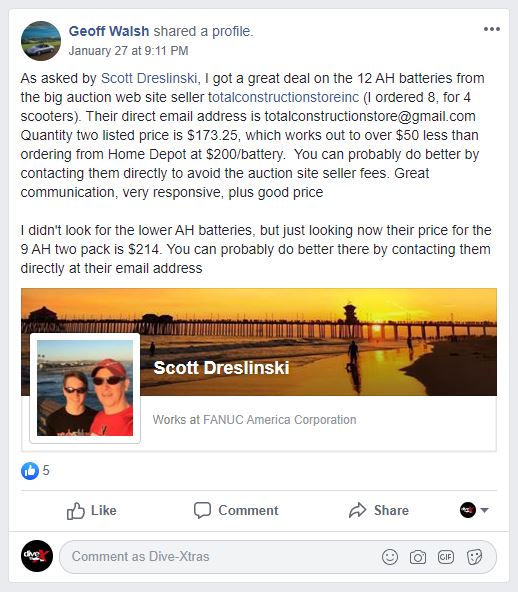Norris
Registered
So I simply removed my cap at a dive sight and didn't notice that one of my strap retaining pins fell out, and lost itself (night dive). So the straps are held in place with these 2 dowel pins. For ME they are not held in place. So essentially you can slip your strap out if needed when loosened. They seemed to stay in place, more or less but as we divers roll I wanted some backups as I have proven this as a failure point and could be a bummer on a trip or boat dive.
Dive X was quick to let me know the part and the price per, luckily I live near them so went and picked some up. 2.00 per.
Here is the part in case you all want
Strap anchor – M5x36 SS dowel pin - $2.00
Dive X was quick to let me know the part and the price per, luckily I live near them so went and picked some up. 2.00 per.
Here is the part in case you all want
Strap anchor – M5x36 SS dowel pin - $2.00





